Using less water on haul roads can increase haul truck tyre life
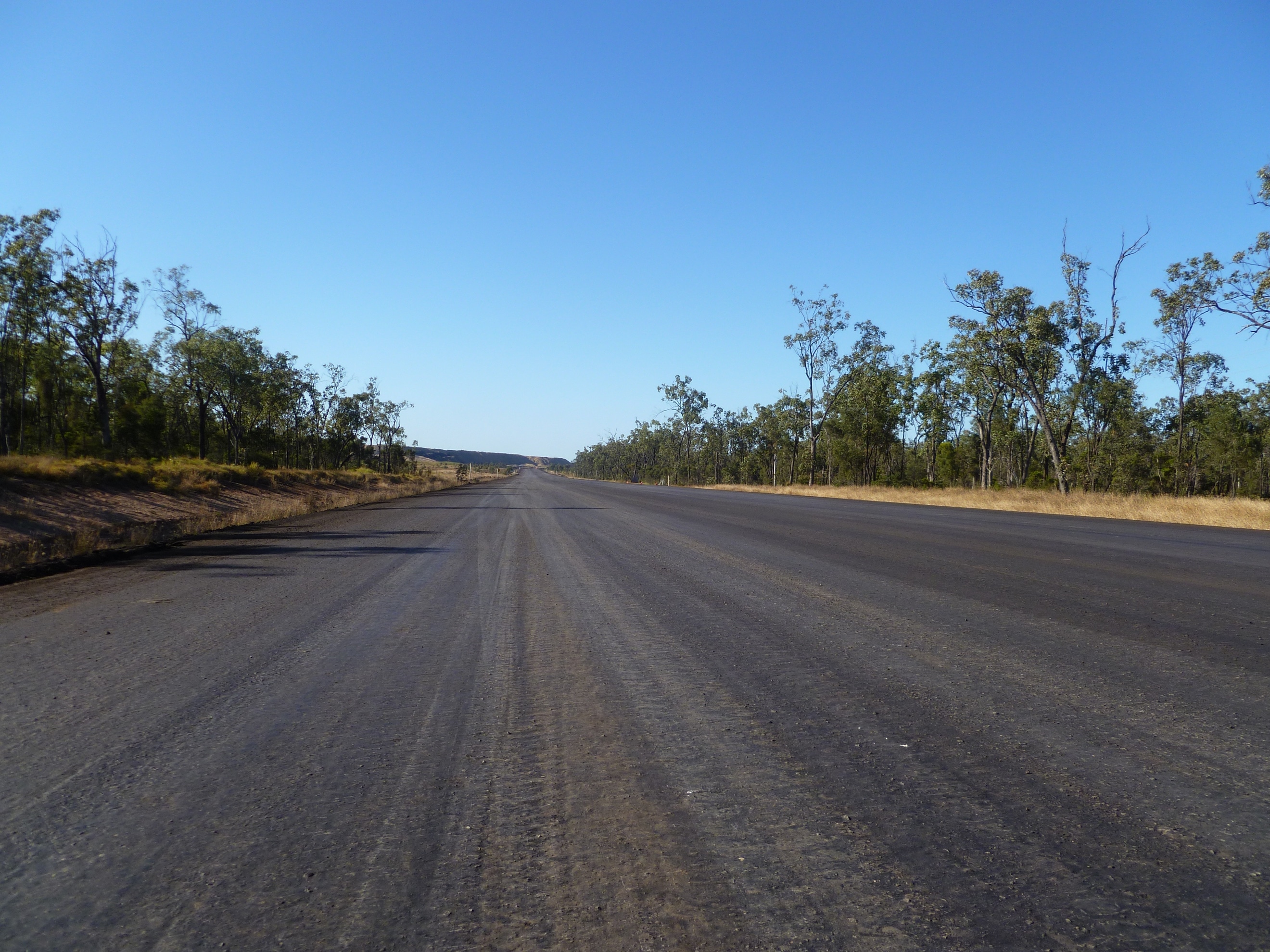
There are many factors affecting the life of your haul road vehicle tyres; quality of the sub-base, camber, temperature, superelevation, and the condition of the running surface such as defects or surface roughness.
One of the greatest problems is water.
Water plays a major part in the deterioration and longevity of haul road tyres on mine sites. Wet haul roads produce wheel slip, decrease traction, and increase the cutting action of rocks.
This video clearly demonstrates how water reacts with rubber, cuts ten times more easily and creates immediate problems for mine truck tyres
Water on haul roads is a big concern
Now you can see how water reacts to rubber on haul road trucks, have a think about the everyday haul road conditions on your mine site.
For example, when a wet tyre hits a large pothole, sharp rock, or debris on the haul road, it cuts the tyre. Often the water hides the potholes and rocks, so operators are unaware of any damage until it’s been done.
According to studies undertaken by Caterpillar around 80% of earthmover tyres fail before they wear out with cuts accounting for 45% of these failures. Wet haul roads also increase wheel slip, decrease traction and lead to a faster rate of tread wear; all factors that reduce the overall life of haul truck tyres.
One thing every mine site superintendent knows about haul truck tyres is,
“The more they turn, the more we earn.”
Replacing haul road tyres is one of the major expenditures in any mining operation, so prolonging the life of expensive mining tyres should be a priority.
As seen in the following graph, there is a direct correlation between the amount of water sprayed onto roads by water trucks and tyre damage to mining trucks.

It makes sense that a reduction in the amount of water used on haul roads will increase the longevity of hault ruck tyres.
There are steps you can take at your mine site to reduce the amount of water on haul roads.
1. Improve the construction and maintenance of haul roads
Ensure the road camber is correct so water is shed from the surface to the edges of the road as quickly as possible. Proper drainage will enable water to shift from the sides of the road preventing it from soaking back into the pavement sub layers.
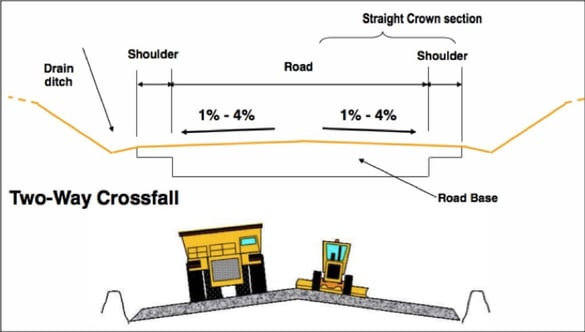
2. Create a better running surface by using a bitumen stabiliser
The better quality the running surface, the longer your tyres will last.
A layer of bitumen that is correctly stabilised and sealed will reduce the ingress of water into the sub-layers of the haul road and enable water to be shed from the surface much faster.
This stabilised running surface, consisting of a 50-75mm bonded wearing course with a bitumen seal layer will also reduce the loss of fines and provide a less aggressive haul road surface.
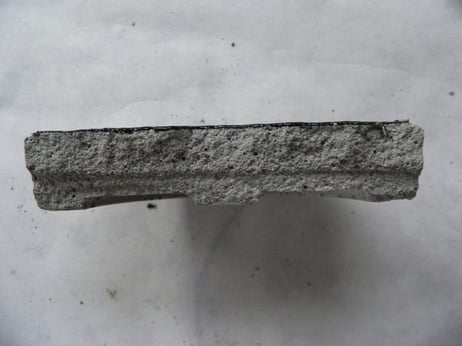
In the following International Roughness Index (IRI) analysis you can see a haul road established through Dust-A-Side resulted in a 37% reduction in IRI after just two months. Subsequently, with a better running surface, the haul truck tyre life increases significantly.
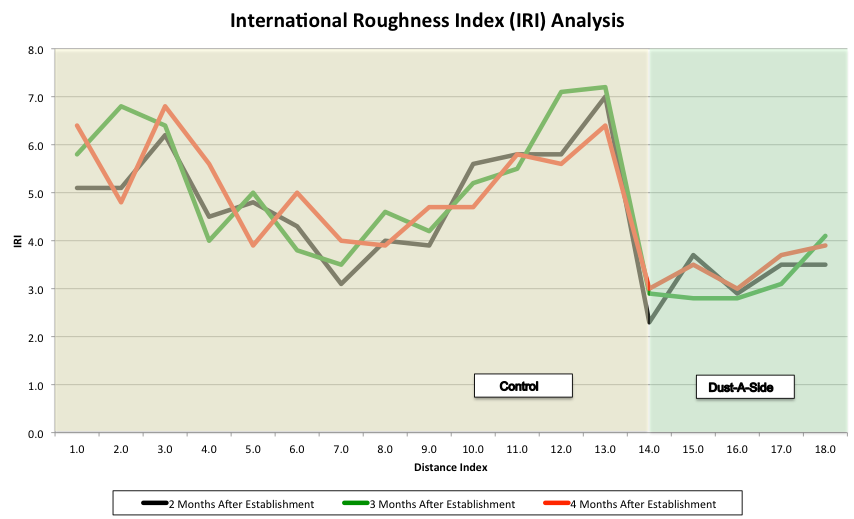
DAS Product is a specially formulated emulsion that is added directly to the water in haul road water trucks. It delivers a haul road that dries faster, thereby increasing the life of haul road tyres.
In another study undertaken over a period of 32 weeks, a haul road treated with DAS Product delivered a Roughness Defect Score (RDS) of around one-third the average RDS on other comparable non-treated haul roads.
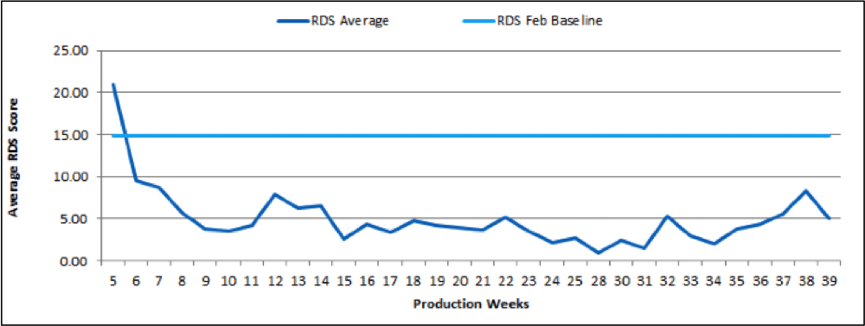
3. Manage tyre temperature to reduce wear and tear
The rougher the running surface, the hotter your tyres will run.
Tonne kilometre per hour (TKPH) measures the workload of a tyre based on the weight and speed the tyre can handle without overheating and causing it to prematurely deteriorate.
In theory, when a tyre is operating at its TKPH rating, its internal belt temperature will be at its maximum. It is desirable that a radial tyre has an internal temperature of between 100 to 105ºC. At 110 ºC, rubber reversion starts to occur, and the tyre will suffer irreversible damage.
To protect and maintain the strength of your haul road tyres, the tyre TKPH rating must always be greater than site operating TKPH.
4. Invest in a complete Haul Road Management System
Decreasing the need for water trucks on haul roads enables haul trucks to travel on drier roads, which means lower wear rates, less risk of rocks cuts and an overall extension of tyre life.
With their stabilised wearing course, dust seal and on-going maintenance system, Dust-A-Side haul roads have a notably reduced need for water.
When Dust-A-Side ’s unique proprietary sweeping system is adopted as part of our Haul Road Management System a reduction in water usage of over 95% can be achieved.
The system ensures that haul roads are stabilised and sealed to reduce dust levels and reduce the use of water for the purpose of dust suppression.
5. Improve tyre performance from the ground up
Instead of implementing a ‘quick fix’ to existing haul roads to improve tyre performance, it’s more efficient and effective, and less costly in the long run, to design and build haul roads right the first time.
The following example of a fleet of 48 Komatsu 930E haul trucks, shows how Dust-A-Side produced a 15.5% improvement in tyre life over a 24-month period.
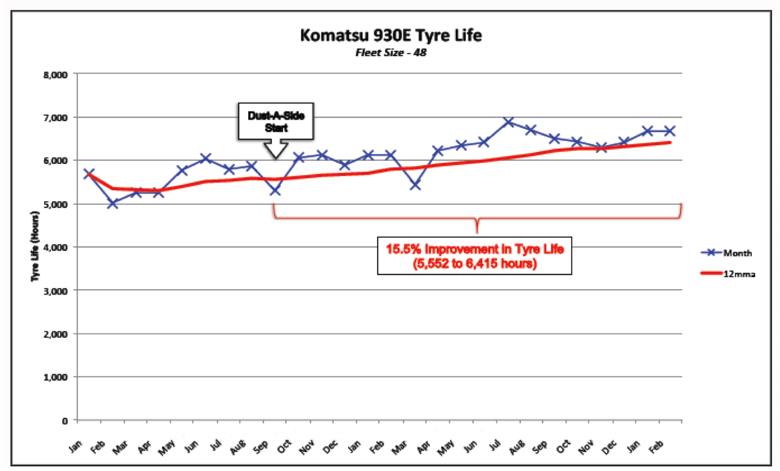
As well as:
- Fuel savings of over 5%
- Reduction in water cart fleet by up to 75%
- Water savings of over 90%
- Grading reduced by up to 70%
- Electric motor life increased by up to 2.5 times
Want to learn more about Haul Road Management at your site?
Implementing Dust-A-Side Australia’s Haul Road Management System can lead to:
- Improved road quality
- Improved safety
- Reduced road maintenance costs
- Reduction in fuel consumption of 3%+
- Operational dust reductions of 90%+
- Increased productivity (up to 30% reduction in rolling resistance)
- Less water wastage (proven savings of more than 95%)
- Faster wet weather recovery
For more information and advice about extending the life of haul road tyres call our team of engineers at Dust-A-Side Australia on 1800 662 387 to arrange an onsite assessment or contact us here.



